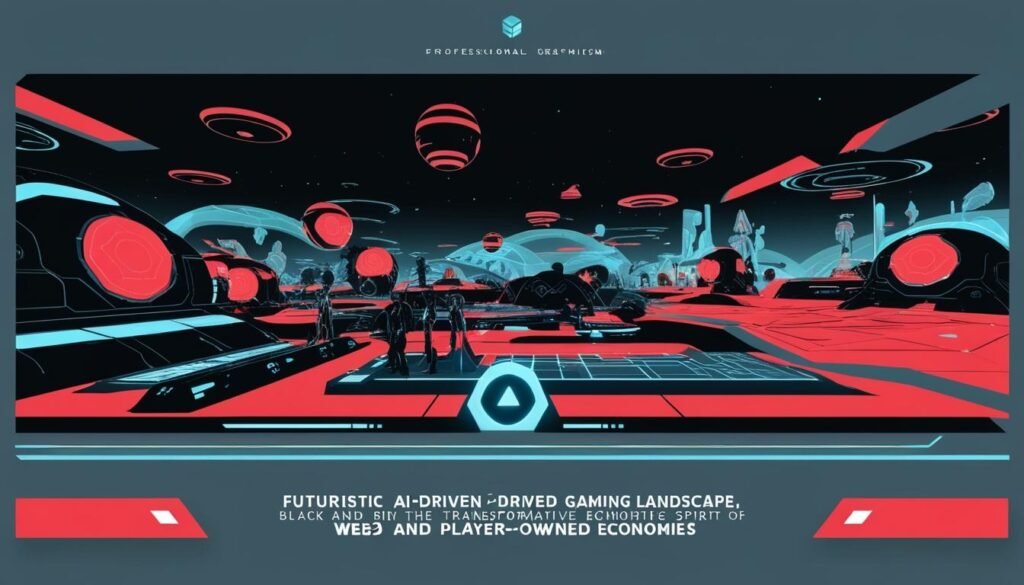As challenges persist, projections for 2025 suggest a shift towards mass adoption of Web3, driven by advancements in AI and enhanced gaming experiences.
In recent years, the Web3 sector has encountered persistent challenges in achieving widespread adoption, primarily due to its reliance on cryptocurrencies, which, although foundational, have failed to captivate mainstream audiences. Despite efforts from advocates, it has become increasingly evident that the current offerings are insufficient for fostering the consumer breakthroughs envisioned over the last decade.
The problems affecting Web3, including complex user experiences and a reputation prioritising financial speculation, have hindered projects such as non-fungible tokens (NFTs), Web3 gaming, and various social applications from breaking into a broader consumer market. As reported by CoinDesk, 2024 saw these challenges compounded by a softened crypto market, further limiting the sector’s potential growth.
However, projections for 2025 signal a shift towards mass mainstream adoption of Web3, driven by advancements in technology and a more conducive regulatory environment. Key to this anticipated growth is the integration of sophisticated artificial intelligence (AI) technologies, alongside innovative blockchain infrastructure designed to improve user experiences and address liquidity fragmentation issues.
AI’s application within gaming environments is poised to be particularly transformative. The general public remains largely unaware of the extensive use of AI in game development—ranging from creating art to generating entire gaming experiences. Within Web3 gaming, AI is enabling game developers to deploy AI agents that can interact within on-chain environments, fostering autonomous gameplay and creating vibrant interactive worlds. According to the report, a significant number of games are already implementing these AI agents, and their prevalence is expected to grow markedly over the next year.
Established gaming studios are also set to transition into Web3. This marks a pivotal moment where blockchain is embedded as core infrastructure for player ownership and decentralised economies, effectively moving beyond the experimental phase. The gaming sector, having faced a recession over the past 18 months, is looking towards Web3 as a means of revitalisation through creative experimentation and novel means of user acquisition.
The unique cultural assets embedded within the Web3 ecosystem, such as memes and community-driven initiatives, remain integral to its identity. These elements fuel engagement and create memorable experiences, thereby solidifying the cultural foundation necessary for Web3 to thrive.
Additionally, the emergence of sophisticated in-game marketplaces is expected to empower players to become market makers, effectively creating their own economies. By leveraging decentralised finance (DeFi) infrastructure, players will gain unprecedented economic control within gaming environments—offering potential advantages over traditional gaming models.
A solution to the existing liquidity fragmentation is also highlighted, with advocates suggesting that integrated liquidity infrastructures could facilitate smoother asset movements across decentralised applications. This composability will likely support a more interconnected ecosystem where gaming, marketplaces, and DeFi are seamlessly integrated.
The anticipated political and regulatory shifts following the upcoming elections may further influence the landscape for Web3 and crypto at large. A potential change in leadership could lead to a more favourable regulatory environment, easing previous constraints and encouraging innovation within blockchain gaming startups.
In summary, the outlook for the Web3 sector in 2025 is marked by an evolution in both consumer applications and gaming contexts, reflecting underlying enhancements in technology and user engagement methods. With gaming serving as a crucial nexus for mass adoption, the success of these developments will likely determine the future trajectory of the crypto industry as a whole.
Source: Noah Wire Services
- https://blockchainmagazine.com/use-cases-web3-adoption/ – Discusses the challenges in Web3 adoption, including scalability and transaction costs, and the potential solutions like Layer 2 solutions and improved user experience.
- https://www.trmlabs.com/post/2024-trends-crypto-adoption-and-illicit-activity-by-country – Provides insights into global crypto adoption trends, highlighting countries leading in adoption and the challenges associated with regulating and securing crypto transactions.
- https://technode.global/2024/11/25/streamlining-service-addressing-barriers-to-web3-adoption-among-new-users/ – Addresses the barriers to Web3 adoption, such as technical complexity, security concerns, and usability challenges, and how these can be overcome.
- https://www.chainalysis.com/blog/2024-global-crypto-adoption-index/ – Details the 2024 Global Crypto Adoption Index, showing which countries are leading in crypto adoption and the growth trends in crypto activity.
- https://blockchainmagazine.com/use-cases-web3-adoption/ – Mentions the future of Web3 adoption beyond 2024, including the emergence of Layer 2 solutions and a focus on user experience, which aligns with the anticipated growth driven by technological advancements.
- https://technode.global/2024/11/25/streamlining-service-addressing-barriers-to-web3-adoption-among-new-users/ – Highlights the importance of improving user experiences and addressing technical complexities to make Web3 more accessible, which is crucial for mainstream adoption.
- https://www.trmlabs.com/post/2024-trends-crypto-adoption-and-illicit-activity-by-country – Discusses the regulatory and security challenges associated with crypto adoption, which are relevant to the anticipated regulatory shifts and their impact on Web3.
- https://blockchainmagazine.com/use-cases-web3-adoption/ – Explains the symbiosis between Web3 and traditional systems, which is essential for creating a more interconnected and user-friendly ecosystem.
- https://technode.global/2024/11/25/streamlining-service-addressing-barriers-to-web3-adoption-among-new-users/ – Mentions the impact of high-profile security breaches on Web3 adoption, emphasizing the need for improved security measures to build user confidence.
- https://www.chainalysis.com/blog/2024-global-crypto-adoption-index/ – Provides data on the growth of crypto activity across different income brackets, which supports the notion of broader adoption driven by various economic factors.
















